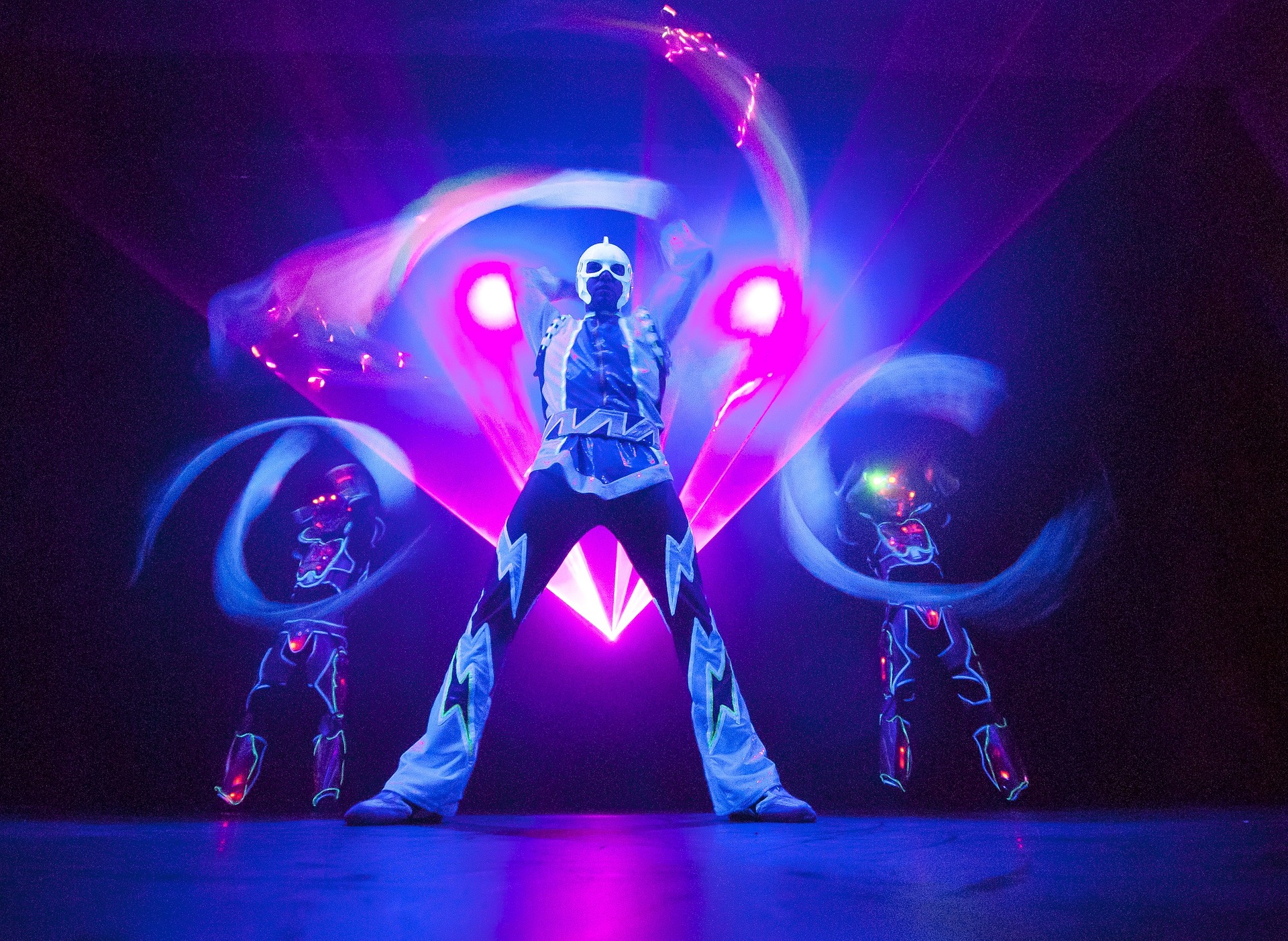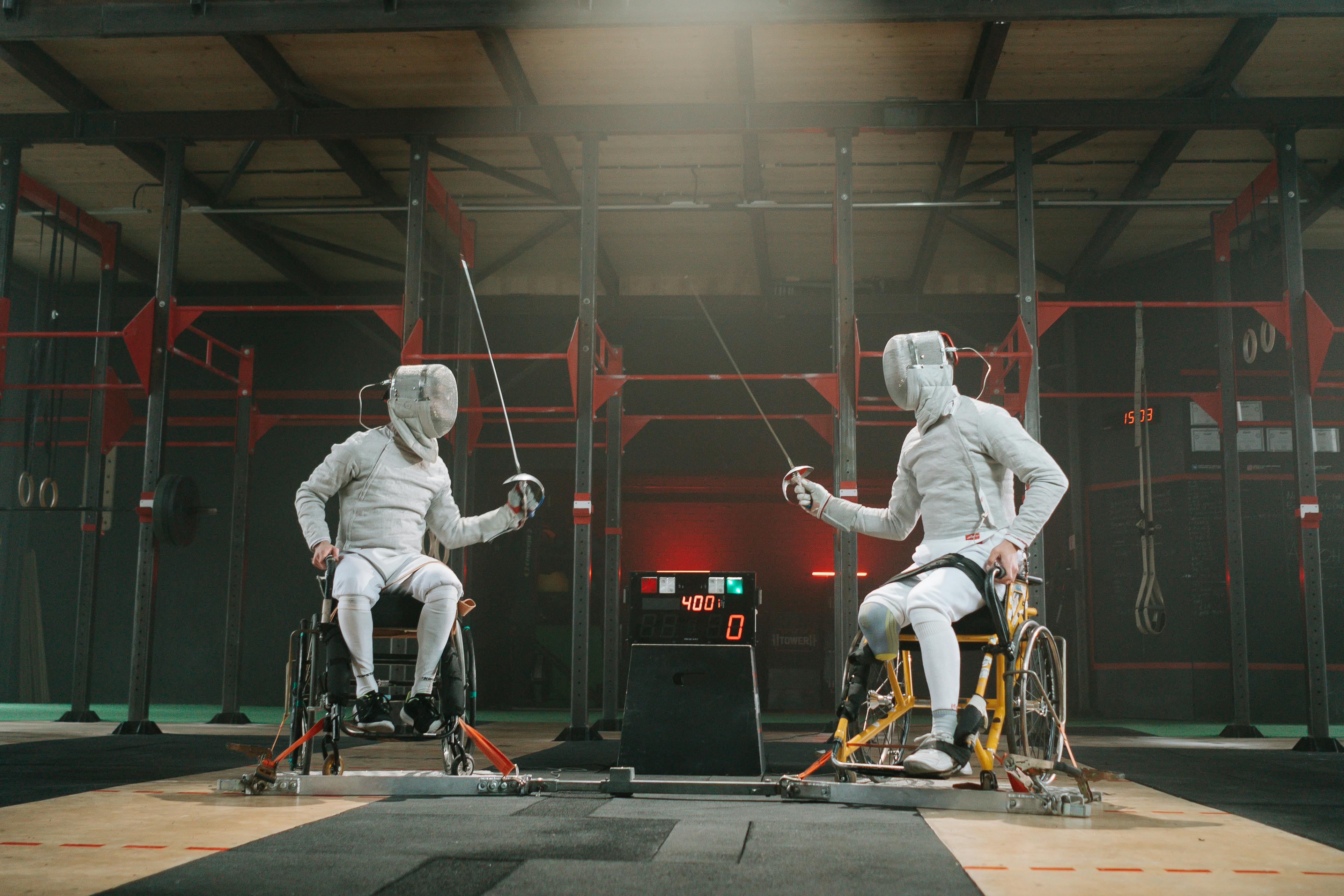Digital Art Installations: A New Canvas for Creativity
In the realm of modern art, digital art installations are fast becoming a phenomenon, pushing the boundaries of creative expression. These installations combine technology, design, and artistry to create immersive experiences that question our perception of reality. Let's delve into the evolution, current trends, and the cultural significance of digital art installations.

Breathing New Life into Artistic Expression
Digital art installations have roots in the mid-20th century, when artists began experimenting with computer technology to create visual art. Early pioneers such as Vera Molnár and Harold Cohen set the stage for the use of algorithms and computer code in art, creating a new artistic language. Over the years, digital art installations have evolved significantly, with artists now harnessing cutting-edge technology to create immersive and interactive experiences.
A New Canvas for Creativity
The present-day digital art installation scene is vibrant and diverse. Innovative artists like teamLab and Yayoi Kusama are pushing the boundaries of what is possible, transforming physical spaces into breathtaking digital landscapes. Recently, the digital artist Beeple made headlines when his artwork “Everydays: The First 5000 Days” sold for a staggering 69 million dollars at Christie’s, a clear testament to the growing interest and value in digital art.
Impact and Significance
The rise of digital art installations marks a significant shift in the art world. It challenges the traditional notions of what constitutes art, encouraging viewers to interact with and become part of the artwork. This shift has also democratized art, making it more accessible to a broader audience. As digital art installations often use technology familiar to younger generations, they have been successful in drawing in a younger demographic, injecting new life into the art scene.
Current Trends and Future Directions
As we move further into the digital age, artists are exploring innovative ways to incorporate technology into their work. Virtual Reality (VR) and Augmented Reality (AR) are increasingly being used to create immersive experiences. There is also a growing trend towards using data visualization in art, with artists using complex data sets to create visually stunning pieces that also provoke thought about societal issues.
Going forward, we can expect the field of digital art installations to continue to evolve and expand. As technology advances, artists will have new tools at their disposal to push the boundaries of creative expression.
In Conclusion
In the ever-evolving world of art, digital art installations are a testament to the power of innovation and creativity. By blending technology and artistry, these installations offer unique experiences that challenge our perceptions and provoke thought. As we continue to explore the possibilities of this medium, it is clear that digital art installations will continue to play a significant role in shaping the future of artistic expression.





